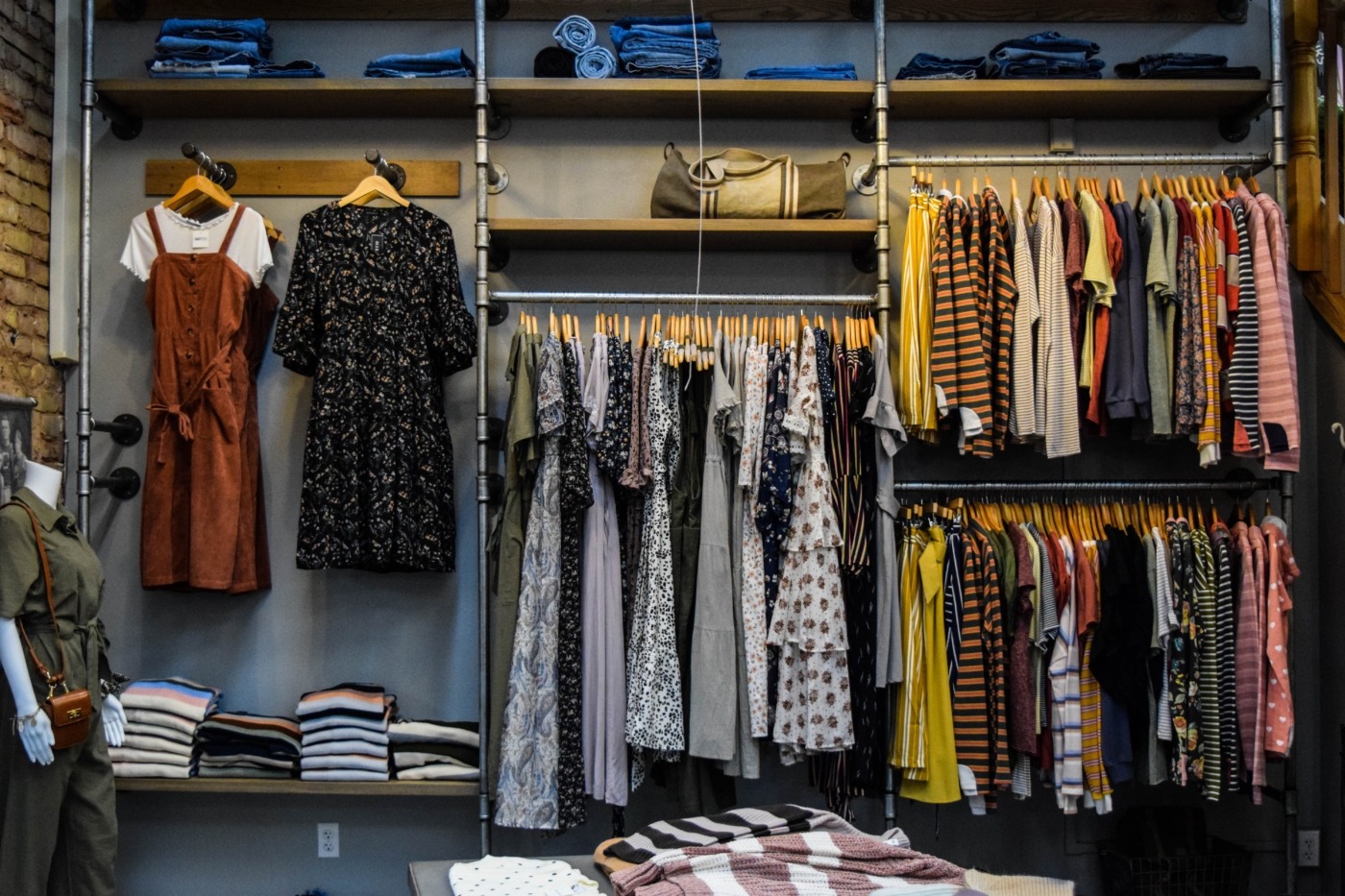Quick, cheap, and environmentally damaging: is sustainable fashion the way forward?
Fast fashion has experienced tremendous growth in recent years: trends come and go at a frenetic speed, and designers are releasing more collections within the year for an audience of fashion-hungry consumers. Fast fashion is currently soaring high and above the wreckage left by the pandemic as the world of eCommerce has proven itself to be one of the fastest-growing industries of this century. However, concerns over the larger environmental compromise are more relevant than ever before, and sustainability seems to be the latest buzzword amongst academics and environmental activists who fear that fast fashion has pushed the planet too far. But is slow fashion enough to soften the blow of an environmental downturn?
‘Sustainability’ is a word commonly thrown around by many, with only a few who have managed to crack the term’s ambiguous definition and seemingly ‘greenwashed’ halo. However, I find Joan Farrer’s short analogy of the ‘milking stool model’ to define sustainable fashion a unique and extremely impactful one: “Leg one represents people, leg two – profit, leg three – planet, which all support the seat which represents the sustainable platform. In a move towards a more sustainable fashion market, all three legs must be as good and solid as they can possibly be.” But these legs are weak and severely imbalanced, with the planet and impoverished labourers falling at the receiving end of brutal consumerism.
Changes being made in cultural and corporate attitudes towards sustainable fashion
Research has discovered that fast fashion is one of the least sustainable and non-ethical industries in the modern world. This is largely owing to the fact that clothing fabric is resourced from an overwhelming amount of water and chemicals. While evidence from the BBC found that the fashion industry is responsible for 10% of global carbon emissions and 20% of wastewater, collated data from the UN is even more alarming – 7,500 to 10,000 litres of water is needed to grow a kilogram of cotton for a single pair of jeans.
According to Fashion United, the average consumer owns at least seven pairs of jeans. This means that one wardrobe alone contains a minimum of 52,500 – 70,000 litres of water used to make jeans that are probably buried in the deep depths of your closet. Perhaps you regularly dispose of your unwanted clothes, but only 1% of this is recycled and 10.2m tonnes of textiles are dumped at landfills according to The US Environmental Protection Agency. Even so, recycling clothes is met with serious difficulty when 65% of clothing is polymer-based – a cheap and lightweight, synthetic fabric that takes hundreds of years to decompose.
While I find solace in tearing fast fashion to shreds, the sustainable efforts being made by consumers, global brands, and NGOs are becoming evidently widespread. A paradigm shift has certainly occurred with some apparent changes being made in cultural and corporate attitudes towards sustainable fashion. The Business Research Company has forecasted a 6.8% growth in the ethical fashion market by 2023 as people become more informed about affordable sustainable apparel through social media and strategic brand marketing. Compelling stories of small communities repurposing unwanted fashion items are just as admirable.
Fresh concerns arise over the non-ethical practices that remain in the industry
A small town in Italy has made sustainable fashion one of its core goals by processing 15% of the world’s discarded clothes, and ground-breaking solutions to recycling clothes that directly benefit the building industry are being conceived by leading recycling scientists. However, as fresh concerns arise over the non-ethical practices that remain in the industry, hopes of a fully sustainable future lie in the unforeseeable wake.
Ethical consumerism is an integral part of sustainable fashion, but inarguably the most neglected area of sustainability discourse. The 2013 Rana Plaza disaster that claimed the lives of 1,134 garment workers in Dhaka, Bangladesh unearthed the abuse and dehumanising practices that occur in modern sweatshops, especially in the global South where labourers are the prime victims of western exploitation.
Zara, Boohoo, and H&M are some of the fast fashion brands that have been named and shamed for housing poor ethical manufacturing practices, which has called for some conversation about workers’ rights in the fast fashion business. Bus as long as there is a demand for fast fashion, there will always be a demand for cheap labour, most likely in the form of sweatshops. Thus, if we are to invoke Farrer’s milking stool model once again, some of the legs of the sustainability platform certainly need more screwing than others.

Comments